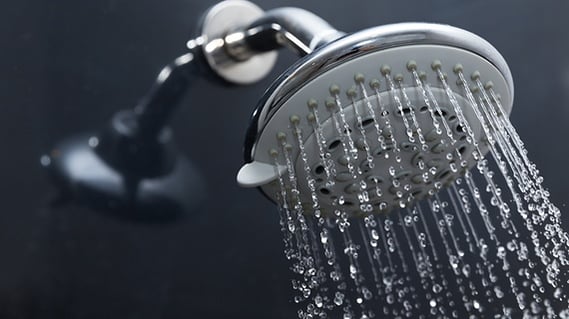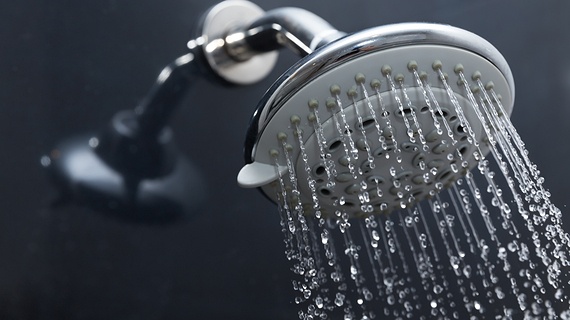
Legionella growth is something that can affect any water system. The level of risk, however, can vary wildly from one building to another – as can the implications of its presence.
For this reason, we’ve put together the following list of legionella risk factors that facilities managers should look out for. Weighing them up as part of a legionella risk assessment could mean the difference between a safe water supply and one that causes a Legionnaires’ disease infection – or lands the responsible person a hefty fine for non-compliance.
The Goldilocks temperature range
Firstly, it’s important to know that legionella is only dangerous to humans within a certain temperature range. At temperatures below 20° C, it falls dormant; at temperatures above 45° C, it starts to die off. Between the two points, however, conditions are just right for legionella to multiply.
In order to address this risk, you should always store hot and cold water at temperatures that forestall legionella growth – as well as provide ample insulation to prevent unwanted heat loss and gain from pipework around your premises.
Stored and recirculated water
Legionella also prefers standing water, so the presence of water tanks is another key risk factor. Should you have any water tanks on your premises, be sure to keep them well maintained and temperature controlled. If they feed cold water outlets, we recommend you undertake water chlorination annually to ensure they meet drinking water quality standards.
Availability of nutrients
Rust, sludge, scale, biofilms and other forms of organic matter are all things that can easily crop up in a water system without the right monitoring regimen, and each can act as a source of nutrients for legionella to grow. Regular cleaning is therefore an effective legionella control measure.
Presence of breathable droplets
Legionnaires’ disease is a lung infection. It’s not normally contracted through contaminated drinking water, but by inhaling tiny droplets of liquid suspended in the air – an aerosol, in other words. So, if there are showers, spa pools and cooling towers from air conditioning units on your premises, your legionella risk is higher than that of a building with a simpler water system.
Demographic profile and susceptibility
Finally, it’s important to know that your legionella risk can also vary with the people on your premises, whether they’re employees, visitors, residents or customers. According to HSE guidance, susceptibility to Legionnaires’ disease increases with the following factors:
- Age (people over the age of 45 are at higher risk);
- A history of smoking or heavy drinking;
- A chronic respiratory or kidney illness;
- Diabetes, lung or heart disease;
- A weakened immune system.
As one final aside: remember that whatever the level of legionella risk on your premises, all organisations of five employees or more must have a documented legionella risk assessment in place. Otherwise, you may be found to have breached health and safety law – even if no legionella control measures were strictly necessary.
Don’t have a legionella risk assessment in place? Contact Brodex today and we’ll help you arrange one.







